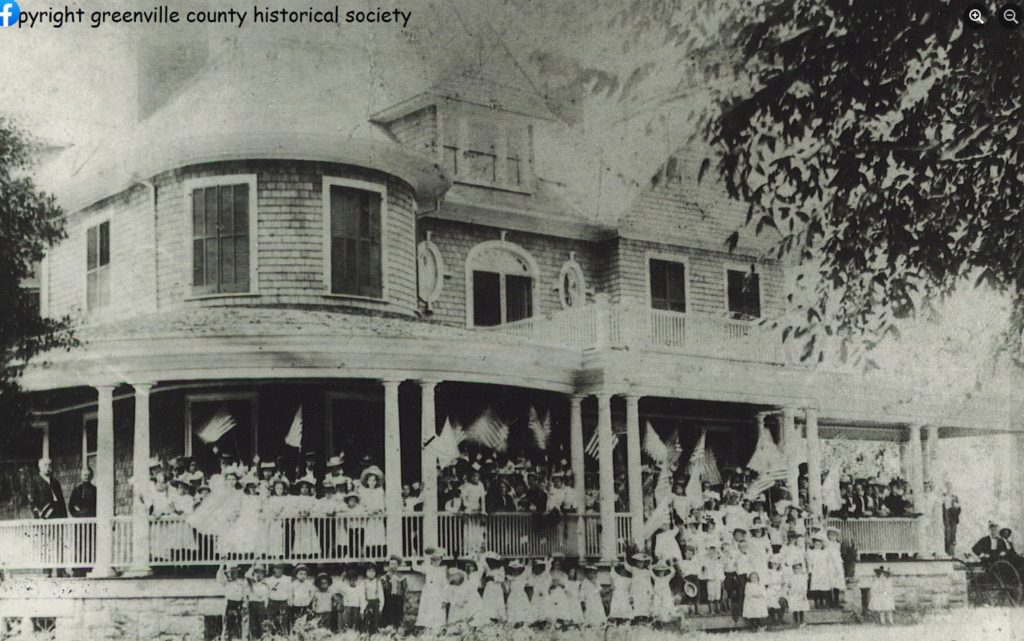July Fourth celebrations, including parades and fireworks, have been a part of American life in Greenville and all across the country since the 18th century.

Drinking has also always been a component of the holiday, since the 1700s, when local pubs were filled with rowdy toasts to independence, the Constitution and the president. George Washington even issued double rations of rum to his soldiers on the 1778 and 1781 anniversaries in observation of the day.
Theodore Roosevelt Jr., was a contemporary of the Garraux family, whose story I recounted in my novel, “When He Was Gone.” In 1902, when Teddy Jr. was 15 and living in New York, he celebrated Independence Day by setting off a firecracker in an old glass bottle. The Greenville News reported that when the firecracker exploded, a piece of glass hit Teddy in the forehead, leaving a deep gash. The article said bystanders rushed to try to help him, but he “walked to his mother who sat on the veranda and asked her to bandage the wound and he soon resumed his merry making.”
By 1910, state officials sent out letters begging the mayors of 100 cities and towns across South Carolina to suppress the use of fireworks on both Christmas and July Fourth because of the number of buildings fires they caused.
The letter said: “Last year, about 68 percent of the premiums paid for insurance, nearly $3 per capita for each man, woman and child” were because of destruction caused by fireworks. That doesn’t sound like much, but it was comparable to about $100 currently. In the letter officials also requested builders change from using wooden shingles to tin roofs to help cut down on holiday fires.
But apparently, the dangers of fireworks still don’t worry a lot of people, since the Consumer Product Safety Commission reported more than 10,200 injuries and 11 deaths from fireworks last year.
